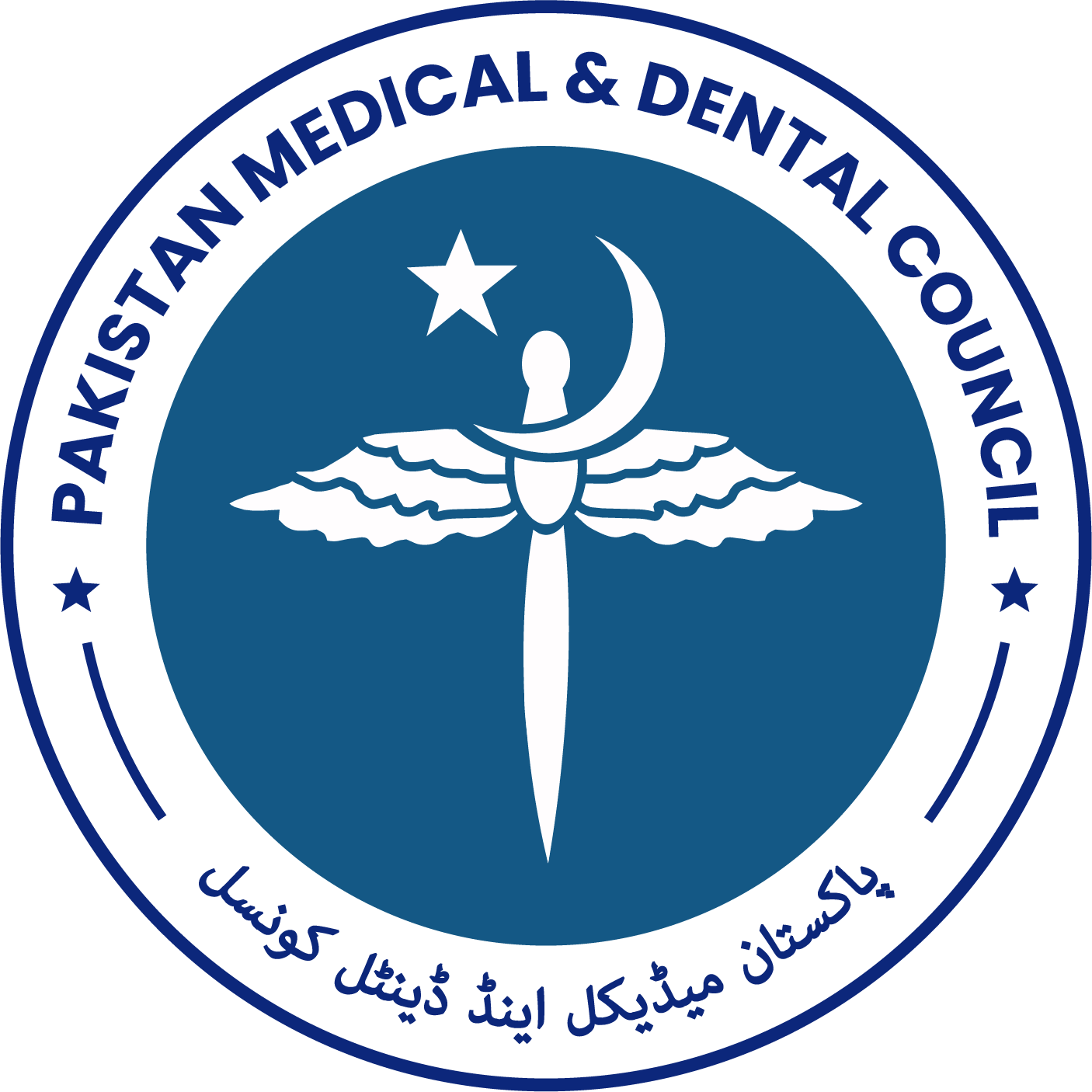Sociodemographic Aspects of Antibiotic Consumption Practices in Residents of Wah
Antibiotic Resistance
Abstract
Objective: To assess the frequency of antibiotic use with or without prescription and the source of purchasing antibiotics in relation to social determinants among residents of Wah, Pakistan.
Study Design: Cross sectional.
Place and Duration of Study: The study was carried out in the community of Wah Cantt from January 2017 to December 2017.
Materials and Methods: A two stage cluster random sampling technique was used. 400 participants aged 16 years and older, completed the validated questionnaire. Chi-square test of significance was applied to determine the relationship between categorical variables and a p-value < 0.05 was considered significant.
Results: Use of antibiotics in the preceding month was reported by 110 (27.6%) participants, 101 (25.3%) reported having taken antibiotics in the last six months. Use of antibiotics was more in males in all categories as compared to females (chi-square= 15.778, p = 0.008). The analysis showed that individuals between 55-64 years of age had taken antibiotics in last month (69.2%). Government employees showed the highest percentage (36.5%) of respondents who consumed antibiotics in last one month as compared to any other profession. Overall, most respondents 277 (82.7%) reported that they got their antibiotics on a prescription from doctors.
Conclusion: Effective education along with close vigilance for the judicious use of antibiotic prescribing should be aimed at both the prescribers and the public. Better knowledge is associated with correct behavior of antibiotic/antimicrobial use.
How to cite this: Shan H, Javaid A, Zeb A, Maqbool S. Socio Demographic Aspects of Antibiotic Consumption Practices in Residents of Wah. Life and Science. 2020; 1(1): 17-23. doi: http://doi.org/10.37185/LnS.1.1.28















